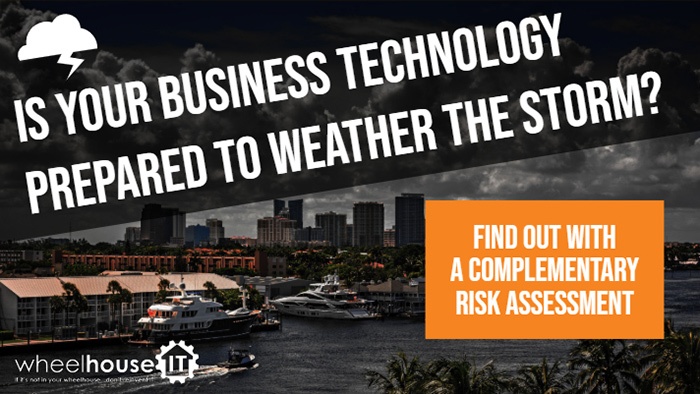In the event of a natural disaster such as a flood, tornado, fire, or hurricane, business owners find out very quickly they are essentially completely dependent upon their insurance claims adjuster for the restoration of key physical components required for their operation. Companies that take a proactive approach to protect all their physical assets will more likely survive a catastrophic event, than those who simply assumed paying their insurance bill meant complete protection.
The Truth About Insurance Companies
Although insurance companies run comforting commercials that make it appear as if they will always provide complete protection for a catastrophic event, the reality is a bit more sobering. Especially when a large-scale disaster occurs and many claims are submitted. Claims adjusters become very discriminating when determining what they believe is the true value of an asset. In fact, unless your business can prove otherwise, a claims adjuster will assign the lowest value possible for every item in a claim.
How to Fight Back For Assets
The best way for a business to combat a reluctant insurer is to have a complete inventory of every physical asset. Especially for those which they expect to receive compensation.
We advise you to take inventory of every valuable asset on your business’s property. This ensures that all damaged items are accounted for. Make sure to include the make, model, and serial numbers of these assets. Additionally, any licenses that you own.
Remember to list every detail about these items. Claims adjusters are instructed to give you the lowest value they can for your item. It will be based on the description you provided. By being descriptive you ensure that you get the true price for your assets.
It is also critical to store all this information in a safe place. Somewhere it is easily accessed after the disaster event is over. The safest place for this information is in a cloud-based storage system. The next safest place being an off-site storage location.
The Last Step
Before heading to a safe place to ride out the disaster, the last step is to make a video recording of every room of the physical location(s) of the organization. By having a video recording that shows the condition of every asset, along with the inventory data stored in the cloud, business owners will be much more prepared to prove the real value of any damaged or destroyed assets. However, this is in no way a substitute for creating a detailed inventory list. It should serve only as additional evidence.
Interested in more tips on preparing for natural disasters? Check out 7 Tips for Preparing Your Business IT for a Hurricane












